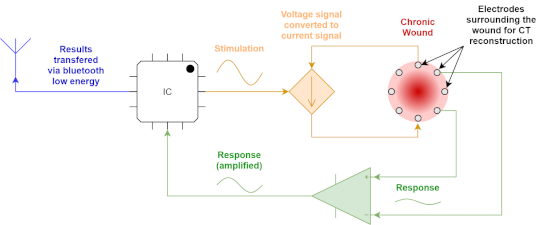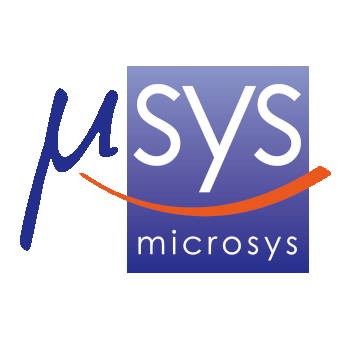Current Projects
AMUSENS (Horizon Europe, 2024 - 2027)
AMUSENS aims at developing a gas sensor platform with flexible selectivity to different gas environments by combining a multi-pixel approach and artificial intelligence to adapt the data analysis to the targeted applications. It is based on metal oxide sensing materials on micro-hotplate platform, which are already available on the market for low power applications, but suffer from a lack of selectivity. Gas-selective multi-pixel sensors based on different metal oxide materials have been demonstrated, but their industrialization is limited to few industrially available materials. By using original additive manufacturing approaches for local liquid-phase and gas-phase depositions, we aim at extending the choice of available materials and demonstrate their sustainability in wafer-scale processing. Microsys will be in charge of sensor dies packaging and integration.
Ref:
S. Stoukatch, F. Dupont and J.-M. Redouté, "Advanced Wafer Singulation Techniques for Miniaturized Metal-oxide (MOX) Micro-hotplates Based Gas Analyzer," 2024 IEEE 10th Electronics System-Integration Technology Conference (ESTC), Berlin, Germany, 2024
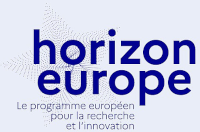






ISIS (Win²Wal, 2024 - 2026)
The goal of the ISIS project is to develop an ultra-low power crawling insect sensing system. This system will be connected, miniaturized, ultra-low power, and cost-effective in order to enable monitoring at multiple points and over the long term. Monitoring food stockpiles is a typical application of such a system. However, many other applications are possible: early detection of harmful organisms in the HoReCa sector (cockroaches, bed bugs...), in the logistics sector, etc. The research will focus on both the design of the sensor and the analog front-end. The intelligence embedded in the system will allow for the detection, counting, and even identification of the insects. Finally, the complete device will be equipped with a wireless communication system to transmit data/alarms to a remote server. The main challenge will be to develop a sensitive and robust detection system while ensuring a minimum one-year autonomy with an AA type battery.
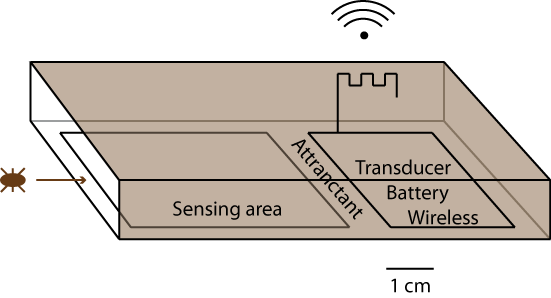


MATILDA (Win²Wal, 2025 – 2027)
The objective of the MATILDA project is to develop a miniaturized multi-sensor module for quality control of radiopharmaceutical compounds using small sample volumes. This module will optimize the quality control process in terms of speed, required sample quantity, and, consequently, the operator’s exposure to radioactivity. The project is based on the expertise of the Microsys laboratory in developing miniaturized and integrated sensor systems, as well as its know-how in implementing innovative measurement and detection systems. The project will be carried out in three phases. First, the sensors and measurement methods for the targeted parameters will be identified. Next, these sensors and methods will be tested and characterized individually. Finally, the last phase of the project will involve integrating all the sensors into a single demonstrator, which will be tested with representative samples. The results obtained will be compared to those obtained using standard measurement devices.

PFAS_Resolve (Interreg Meuse-Rhin, 2024 – 2027)
This project aims to technologically tackle the burden that per- and polyfluoroalkyl substances (PFAS) pose on the economy and healthcare of the Meuse-Rhine Euregio. The potential impact of this problem on global health is huge, as PFAS have been accumulating in the environment as a synthetic component of fluoropolymers. Initial studies in the 1940s falsely claimed they were unharmful, leading them to being freely used and accumulating in nature for decades until studies in the beginning of the 21st century illustrated the potential danger. The aim of PFAS-resolve is to further develop new promising PFAS screening technologies and implement them into field applications. Maastricht University has recently developed a biosensor technology that is able to detect PFOA in regulatory relevant concentrations, while Bio2Clean has performed several promising field tests with phytoscreening. By collaborating with the engineering departments of Fachhochschule Aachen and the Université de Liège the aim is to translate these academic technologies into demonstrators for field testing.



 Hygiene-Institut des Ruhrgebiets
Hygiene-Institut des Ruhrgebiets
RM@Home (Interreg Meuse-Rhin, 2024 – 2027)
RM@Home focuses on the improvement of care of diseased patients via (1) the integration of remote monitoring (RM), including wearable technology, to monitor the patients at home and (2) using this data and improving the dataflow, cooperation/communication between primary (GP’s, care organizations) & secondary (hospitals) care & patients. Within the scope of the project, Microsys will work on the development and integration of a housing conditions monitoring system, that will be tested in a pilot study related to pulmonary patient for ZOL Hospital. It will specifically target the indoor air quality monitoring. The rationale behind this activity is that recent works confirm that indoor air quality plays an important role in the exacerbation of respiratory diseases (e.g., COPD) symptoms. Based on commercially available sensors, Microsys will develop a sensor node that is able to monitor several indoor pollutants (such as particulate matter, carbon dioxide, COVs etc.) and record sensors raw data. This will allow to better understand the impact of each pollutants on pulmonary symptom exacerbations and to optimize the care path for these patients based on their environment at home.






SCARLETT (POC, 2024 - 2025)
The objective of the SCARLETT project is to develop a prototype of wireless autonomous sensor node for Structural Health Monitoring (SHM). Within the scope of the project, we will focus on SHM of structures located outdoors, typically civil engineering structures such as bridges and viaducts. This case study necessitates optimization of the amount of data to be transmitted due to the absence of wired IT infrastructure. However, it enables energy autonomy of sensor nodes through photovoltaic cells. Monitoring civil engineering structures is particularly relevant. Indeed, road infrastructures in Europe are several decades old, and it is feared that an increasing number of issues will arise well before the additional decades required for infrastructure renewal. The sensor node developed within the project will be equipped with LPWAN (LoRa) transmission technology, eliminating the need for a data concentrator. Energy autonomy will be ensured by a miniature photovoltaic panel and an optimized Power Management Unit (PMU).
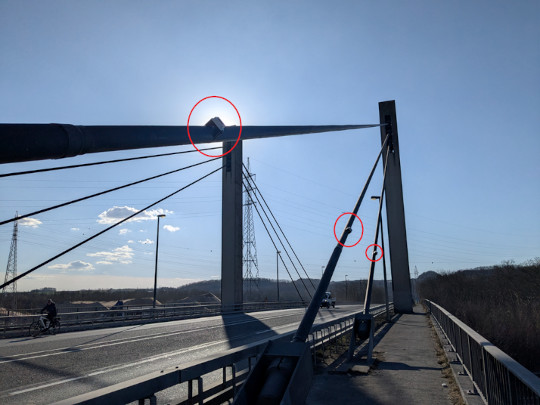

SW_ADVICE (Pole Skywin, 2024 - 2027)
The objective of the SW_ADVISE project is to develop new de-icing techniques for wings leading edges, existing de-icing systems being among the largest energy consumer (20 % +) of aircrafts. Microsys will lead the integration of the newly developed methods and will participate in the environmental conditions' characterization phase. The objective of the project is to test the prototype in representative conditions, i.e. in an icing tunnel.






SyMPA (ARC, 2022 – 2025)
The aim of this research project is to develop a novel ambulatory system - hardware and associated signal processing algorithms - to simultaneously record gait and physiological data during irregular real-life activities simulated in a controlled lab. Microsys is in charge of the hardware part of this system that will be based on innovative wearable sensor technologies and will be developed in order to robustly and continuously record these data while meeting the participants' satisfaction and usability requirements. Versatile signal processing algorithms will be developed by projects partners to robustly and accurately extract micro/macro-level gait and physiological features. The feasibility and validation of this system will be investigated using reference gait and physiological state systems in groups of patients suffering from the Parkinson's disease (PD) and healthy volunteers, during real-life scenarios. The proposed system will potentially provide new scientific knowledge with respect to specific gait and physiological patterns and will be beneficial for an early diagnosis of the PD to slow its progression, and for an accurate analysis about the effectiveness of treatments.
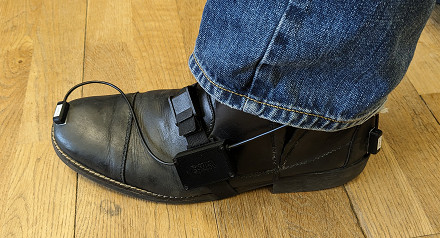

VITAPATCH (2021 – 2023)
The VITAPATCH project targets the design of aggressively miniaturized and easily deployable smart sensor patches for healthcare applications and wearable monitoring. Two prototypes will be designed: the first will monitor the healing of open wounds while the second will measure subjects' four primary vital signs.
IoT technology will be used to transfer the vital signs and wound healing data continuously and in real-time to the cloud using a smartphone gateway, where the physical status of subjects will be displayed on a website and made accessible to remote healthcare applications.
